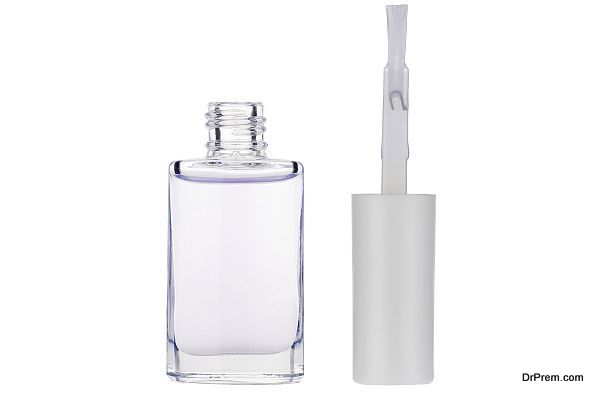When it comes to home upgrades, many homeowners simply don’t have the luxury of choosing the latest product that offers the best performance and superior efficiency. For a notable number of homeowners, replacing a vital component of their house can often be the result of an unexpected failure – making the act of replacing an important element of the home (like a water heater installation) a decision that is less about which system will work best for you and your family, and more about getting a system in place as soon as humanly possible.
Systems that deliver more than just hot water
In a perfect world, homeowners would never have to choose between affordability, performance, and environmentally friendliness when upgrading their home. The sad reality is however that many homeowners are forced to do just that. For example, choosing a water heater that boasts superior performance over a unit that is perhaps more affordable or one that is better for the environment. Conversely, homeowners might find themselves leaning towards a model that allows them come in under budget but will eventually disappoint them on performance.
Admittedly, traditional gas and electric water heaters and furnaces work just fine – they’re designed to heat water or air and they do so reasonably well. The problem is that there are many more options available when it comes to heating and cooling your home – options that are more efficient, less invasive, and better for the environment, all at the same time.
Solar water heating
This particular method of heating water makes use of the solar system’s most abundant form of energy – sunlight. Of course, solar panels have been around for a long time, and their pervasive use around the globe to power everything from smartphones to entire office buildings has made the technology increasingly affordable.
From a heating water perspective, the most efficient of the solar powered methods is the close-coupled system. In a close-coupled SWH system, the water tank is mounted on the roof – in proximity to the solar panels.
This close proximity means that there is no energy requirement to pump the water into the reservoir (the heated water enters the tank naturally using the principle of thermosiphon). Of course, the common issue associated with relying on solar energy is that once sunlight becomes obscured by a thick formation of cloud, the power collection of the solar cells becomes exponentially less efficient.
While that may be a hurdle in championing the legitimacy of the technology, scientists in China have been pleased with their research into a coating that, once applied to the solar cell, will allow the panel to generate electricity from raindrops.
Do-it-yourself solar water heater
Many cash-strapped homeowners are taking matters into their own hands creating their own solar powered methods of heating water. If you’re handy with the contents of your toolbox, you too could be making use of the sun’s rays to heat your home’s water supply on a budget. Running black PVC pipe along your roof is an excellent way to quickly absorb the heat of the sun – but proceed with caution. While this may seem like a weekend endeavor, it may be worth hire one or two professionals to lend a hand.
Geothermal Technology
Like the sun, geothermal energy represents a nearly limitless supply of power. With a geothermal heat pump, homeowners can take advantage of the consistent underground temperature to heat and cool the air in their home. Essentially, a geothermal heat pump “exchanges” heat with the earth. The system uses a series of underground pipes known as a heat exchanger that is filled with a water or coolant mixture, to remove excess heat from the home during the summer (or return heat to your home during the winter).
Geothermal and solar heating systems may not come cheap – initially – but over time, homeowners will see a significant drop in their annual utility bills, and they will never have to worry about fluctuating gas prices. In particular, residents making use of geothermal energy can expect to recoup their costs within a mere 5 – 10 years, which may seem like a lot until you consider that the lifespan of the installed equipment can last anywhere from 25 – 50 years. It’s worth noting that conventional furnaces, even with regular maintenance, will typically need replacing after 10 – 12 years.
Environmentally speaking, both solar and geothermal are both excellent alternatives to conventional energy sources as they significantly reduce a home’s carbon footprint.
Article Submitted By Community Writer








